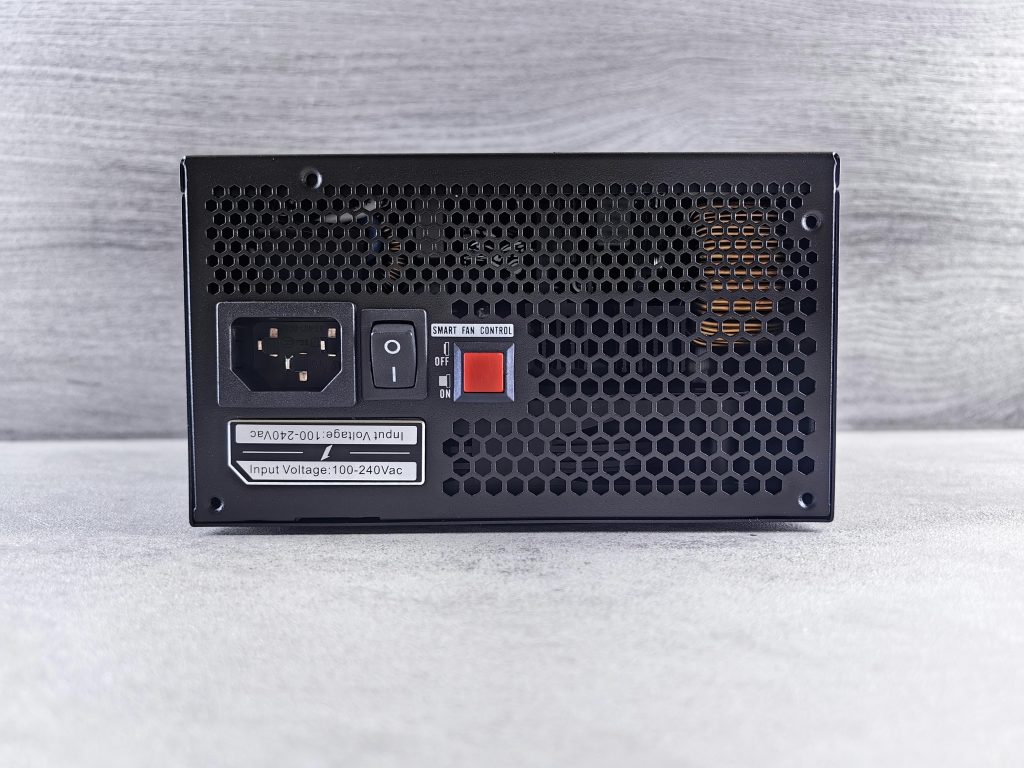Troubleshooting a Common Computer Glitch: A Guide to Resolving Display Issues
Have you ever encountered an unusual display problem on your computer? Many users have faced issues where clicking and dragging the mouse results in peculiar black squares appearing on the screen, or applications seem to highlight unexpectedly in dark shades. If this sounds familiar, you’re not alone, and it can be quite frustrating when typical solutions don’t seem to help.
In this blog post, we’ll explore some potential causes of these display anomalies and offer guidance on how to troubleshoot the issue effectively.
Understanding the Issue
The symptoms described often stem from a malfunctioning display driver or a software glitch. The black squares that emerge when you click and drag, or the highlighting effect that occurs when hovering over apps, are indicative of graphical rendering problems. While it might first appear to be a hardware issue, there are several software-related fixes you can try.
Troubleshooting Steps
1. Restart Your Computer
It may sound simple, but restarting your computer can often resolve many temporary glitches. If you haven’t done this yet, give it a try—sometimes, the system just needs a fresh start.
2. Update Your Graphics Drivers
Outdated or corrupted graphics drivers can lead to display issues. Here’s how to check for updates:
- Go to your computer’s Device Manager.
- Locate the “Display adapters” section and expand it.
- Right-click on your graphics driver and select “Update driver.”
- Follow the prompts to search for and install any available updates.
3. Run a System File Check
Corrupted system files can also contribute to display problems. To run a system file check (SFC), follow these steps:
- Open the Command Prompt as an administrator.
- Type
sfc /scannowand press Enter. - Wait for the process to complete, and follow any instructions if issues are found.
4. Adjust Display Settings
Incorrect display settings might be the culprit. Right-click on your desktop and navigate to Display settings. From there, ensure your resolution and refresh rate are set correctly according to your monitor’s specifications.
5. Check for Windows Updates
Sometimes, system updates can address underlying issues. Make sure your operating system is up to date:
- Go to Settings > Update & Security > Windows Update.
- Click on “Check for updates” to ensure you have the latest patches and fixes installed.
6. Safe Mode Test
Booting
Share this content:


